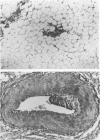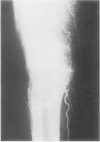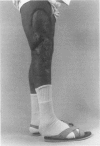Abstract
OBJECTIVE: The omentum has been a very important tool in the armamentarium of the reconstructive surgeon. It has lost much of its value because of the morbidity associated with laparotomy. Laparoscopic surgery has become a popular technique and allows operations to be performed with minimal morbidity. The possibility of harvesting the omental free flap with the laparoscope and its use in reconstructive surgery has been demonstrated. SUMMARY BACKGROUND DATA: Since the first laparoscopic cholecystectomy was performed, many surgeons have learned the procedure. Other surgical specialties have also benefited from this technique. The omentum provides a large amount of vascularized tissue and excellent wound coverage. It can be transferred as a pedicle flap, or as a free flap, using microvascular technique. METHODS: The procedure was developed and refined in an animal model. One team harvested the omentum with laparoscopic assistance, while the other team prepared the recipient vessels. After completion of the microvascular transfer, the dogs were observed for 14 days. At that time, the omental tissue was examined for gross and histologic changes. A clinical case is also presented. RESULTS: Gross and microscopic studies documented the viability of this approach. The patient tolerated the procedure well and had an unremarkable postoperative course. CONCLUSIONS: Experimental and clinical evidence shows that the omentum can be successfully harvested as a free flap using laparoscopic assistance. This technique may prove to be of clinical significance and very useful for reconstructive surgery with less morbidity.
Full text
PDF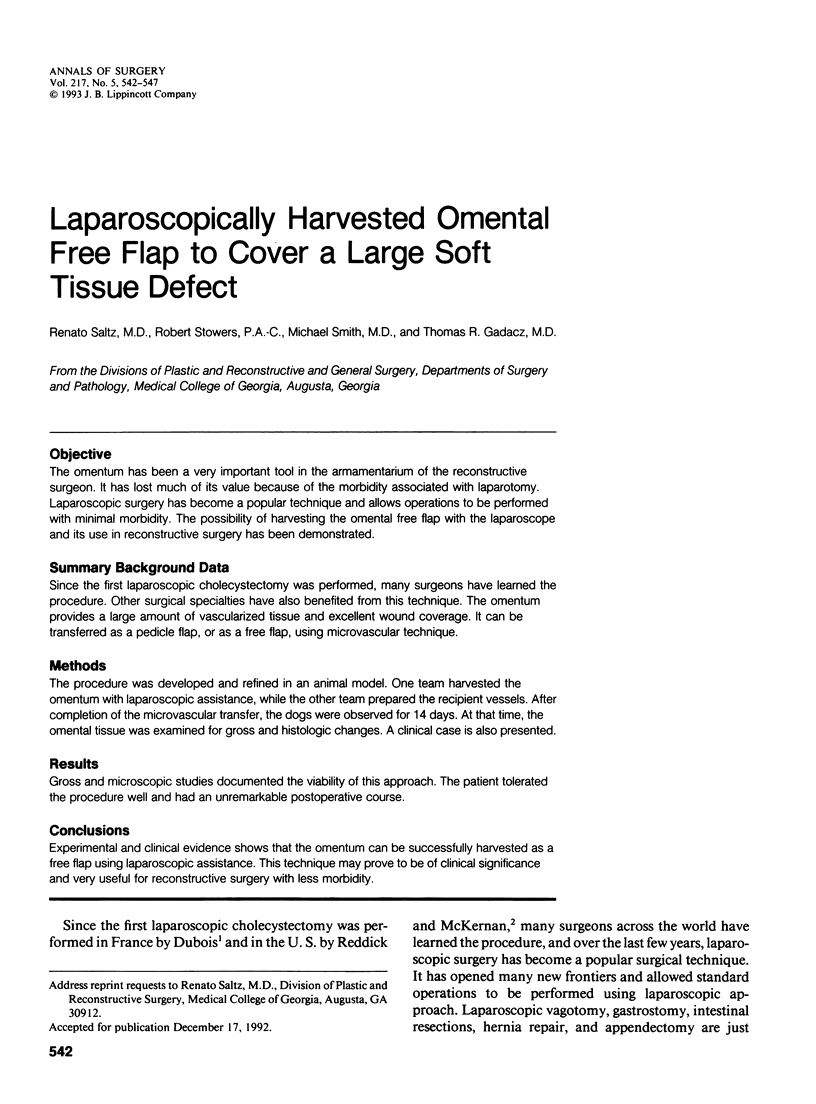
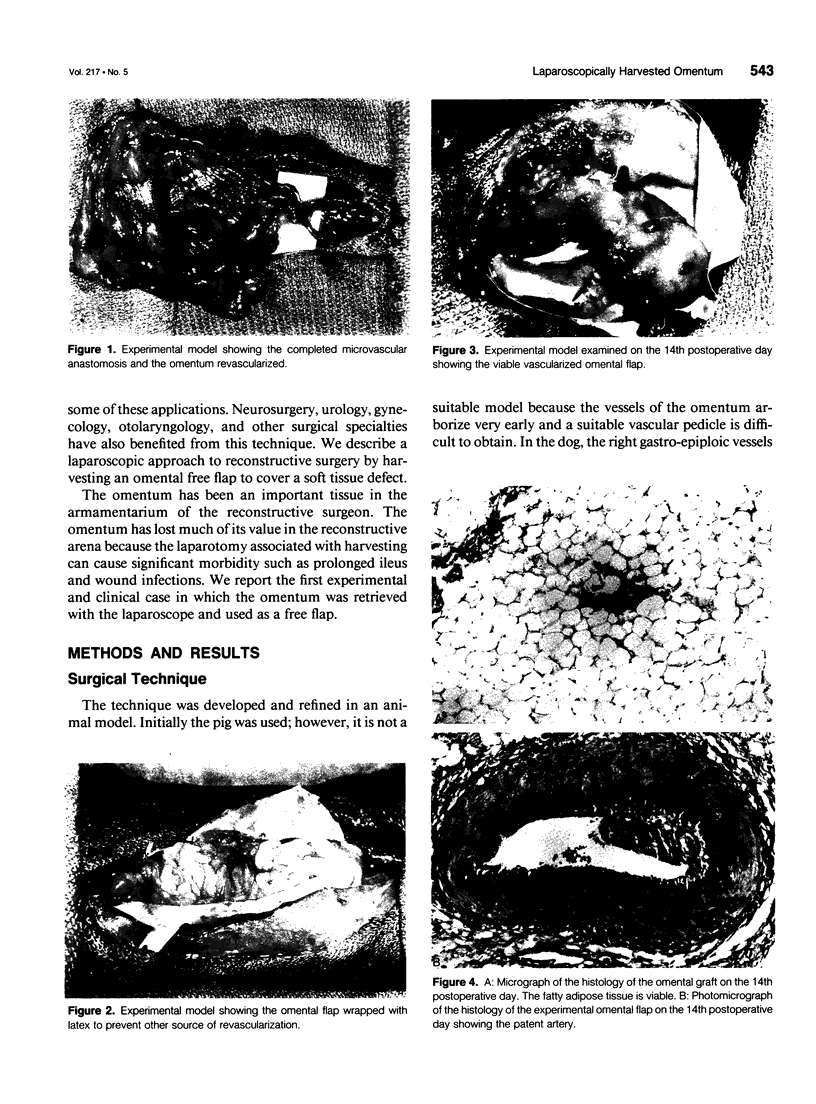
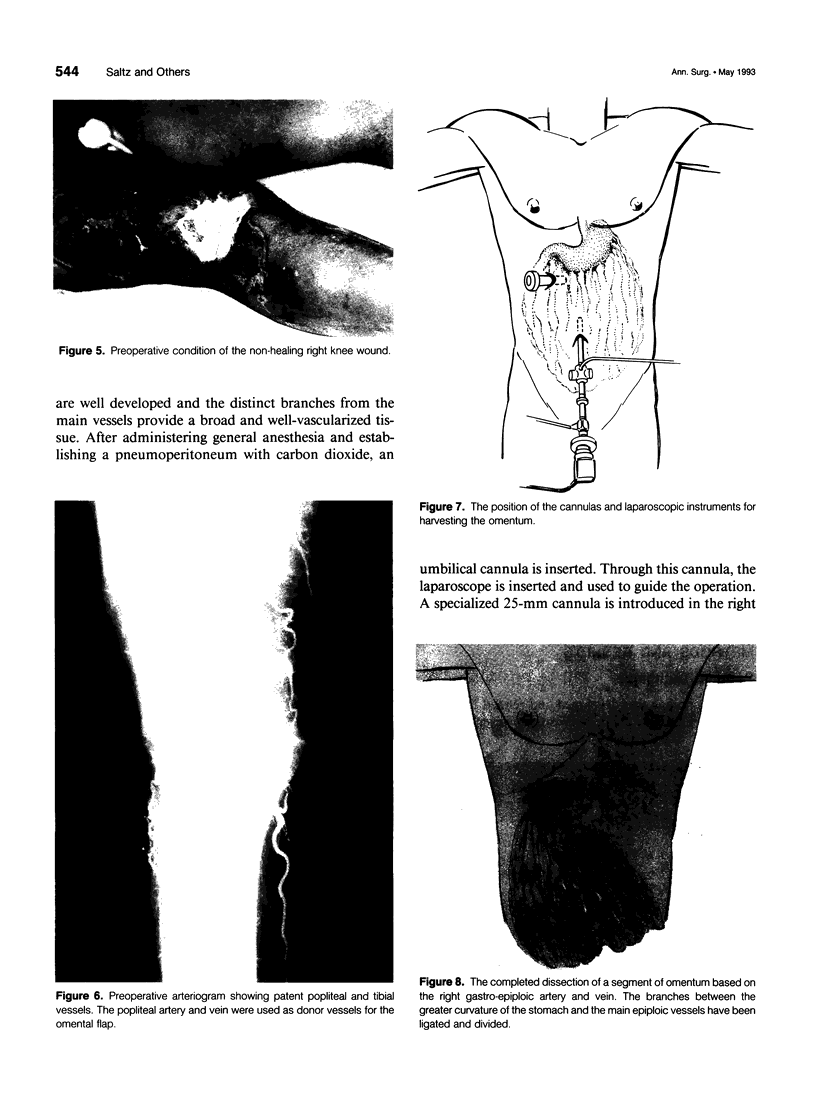
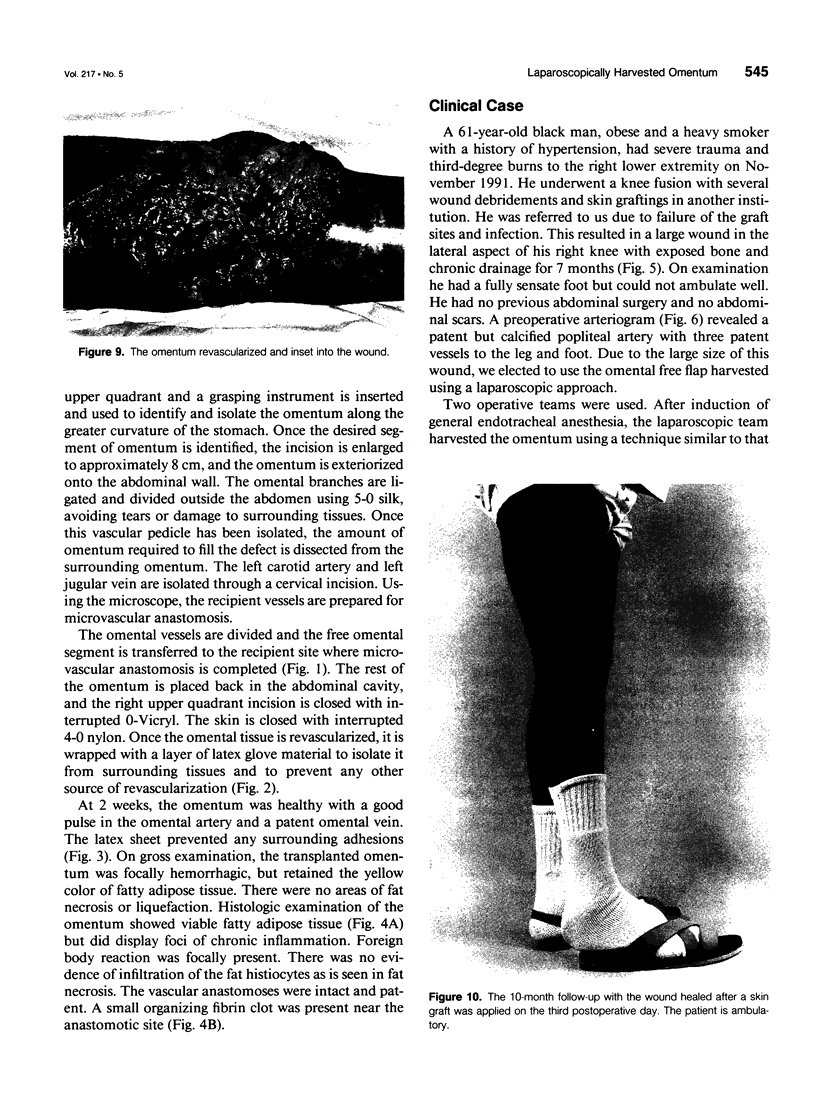
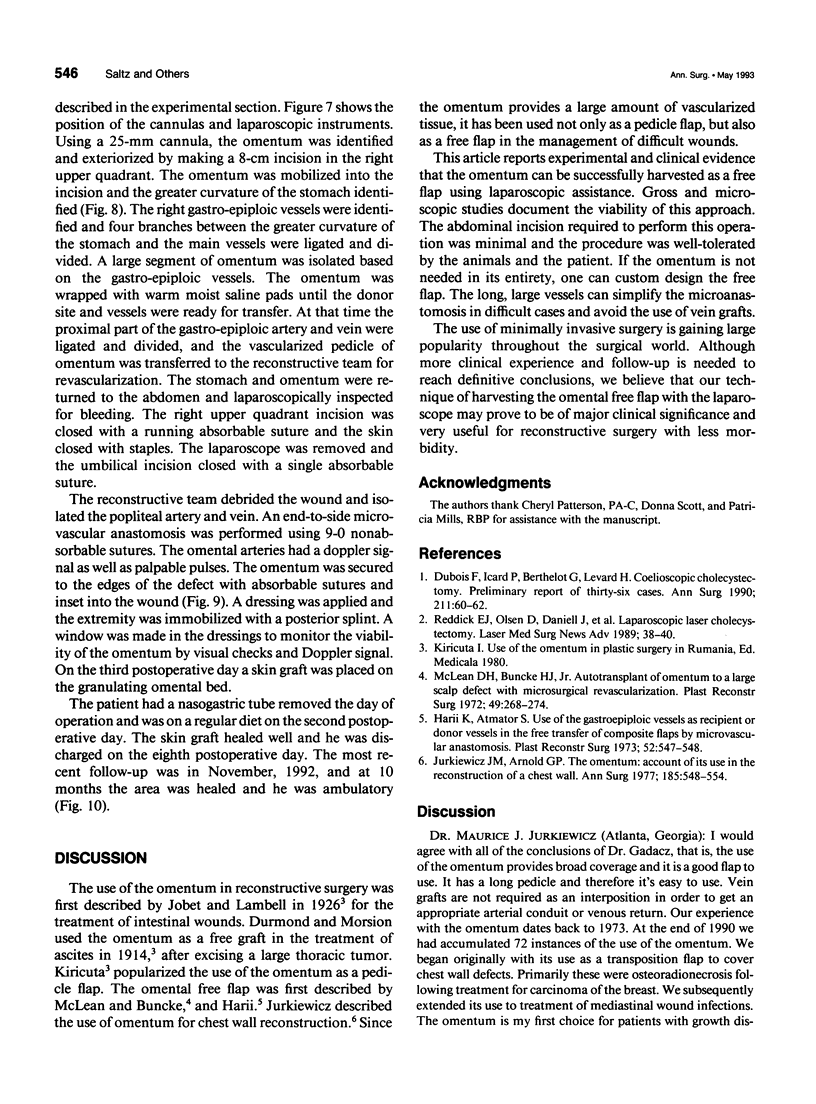
Images in this article
Selected References
These references are in PubMed. This may not be the complete list of references from this article.
- Dubois F., Icard P., Berthelot G., Levard H. Coelioscopic cholecystectomy. Preliminary report of 36 cases. Ann Surg. 1990 Jan;211(1):60–62. doi: 10.1097/00000658-199001000-00010. [DOI] [PMC free article] [PubMed] [Google Scholar]
- Harii K., Omori S. Use of the gastroepiploic vessels as recipient or donor vessels in the free transfer of composite flaps by microvascular anastomoses. Plast Reconstr Surg. 1973 Nov;52(5):541–548. doi: 10.1097/00006534-197311000-00012. [DOI] [PubMed] [Google Scholar]
- Jurkiewicz M. J., Arnold P. G. The omentum: an account of its use in the reconstruction of the chest wall. Ann Surg. 1977 May;185(5):548–554. doi: 10.1097/00000658-197705000-00007. [DOI] [PMC free article] [PubMed] [Google Scholar]
- McLean D. H., Buncke H. J., Jr Autotransplant of omentum to a large scalp defect, with microsurgical revascularization. Plast Reconstr Surg. 1972 Mar;49(3):268–274. doi: 10.1097/00006534-197203000-00005. [DOI] [PubMed] [Google Scholar]






